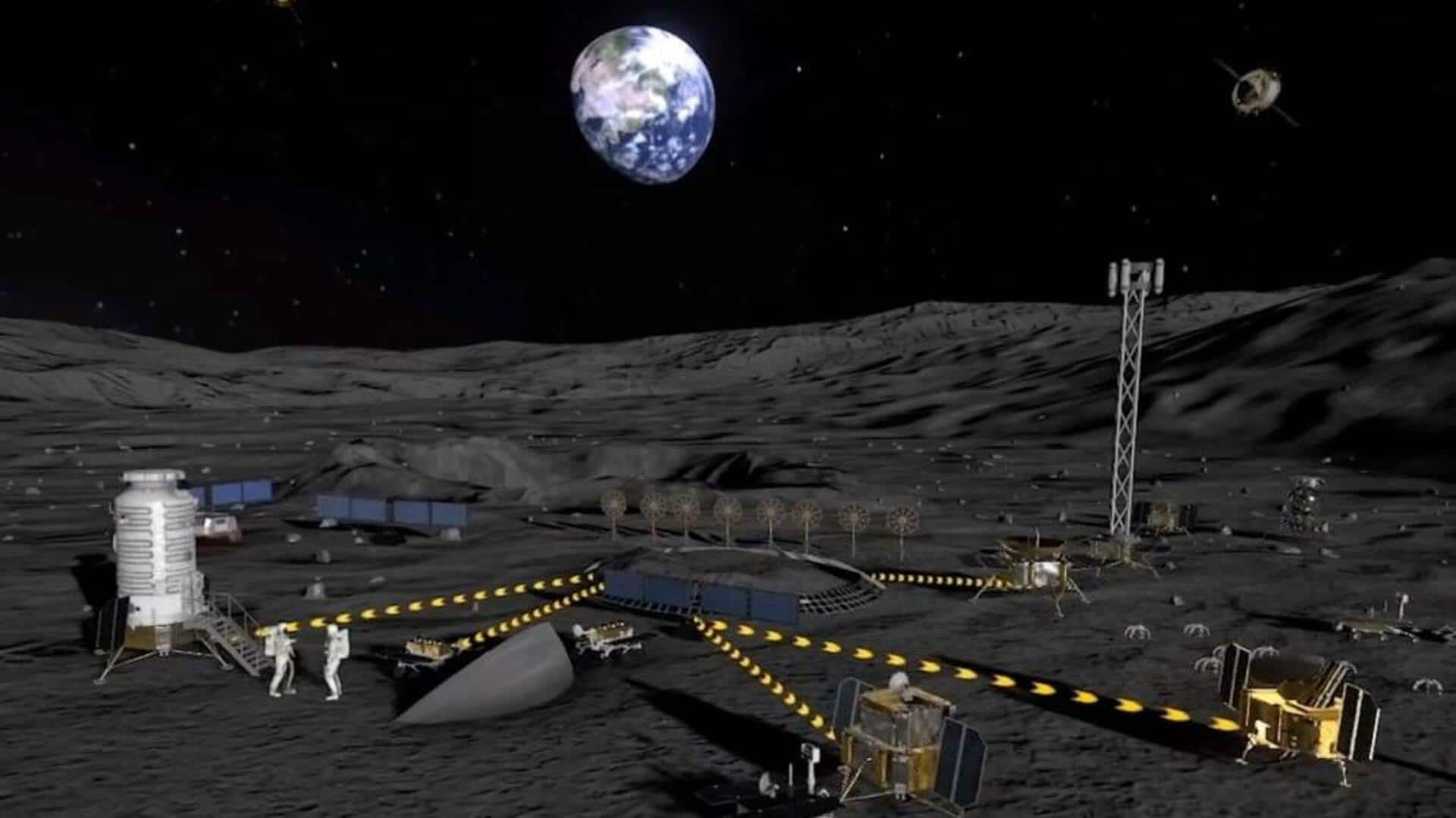
NASA to build a nuclear reactor on Moon by 2030
What's the story
NASA is fast-tracking plans to deploy a nuclear reactor on the Moon by 2030. The ambitious project, spearheaded by interim NASA Administrator Sean Duffy, aims to power long-term lunar missions with a 100-kilowatt nuclear fission reactor. The technology would provide reliable energy for astronauts and research stations during the harsh lunar night when solar power becomes unreliable.
Technological leap
Reactor for Moon's south pole
The proposed lunar nuclear reactor would enable future missions to explore and survive in permanently shadowed craters near the Moon's south pole. These areas could potentially hold water, oxygen, and other vital resources. Duffy's aggressive approach differs from past NASA leaders as he has directed the agency to scale up its power system and accelerate the timeline for launch.
Energy requirements
Nuclear power critical for lunar missions
Nuclear power is critical for Moon missions as lunar nights last 14 Earth days, making solar panels unreliable. A 100-kW reactor could power habitats, mining tools, scientific labs, and rovers simultaneously. Without nuclear energy, maintaining a permanent human presence on the Moon or building infrastructure for future Mars missions would be difficult.
Safety measures
Challenges in launching nuclear material into space
The lunar nuclear reactor plan builds on NASA's Kilopower project, which successfully tested a small nuclear system in 2018. The current design is expected to be compact and lightweight, using highly enriched uranium to power a fission system and generate electricity through heat-to-electric converters. However, key challenges remain such as heavy payloads requiring heavy-lift launch vehicles, regulatory approval for launching nuclear material, budget uncertainty with proposed cuts affecting science programs, and technology risks in real deployment within five years.
Global competition
China claims to have developed smaller, more efficient reactor
China has been vocal about its ambitions and claims to have developed a smaller, more efficient reactor than NASA's planned design. The US sees this as a clear challenge, prompting Duffy's announcement amid growing pressure to counter China's space push. This isn't just another announcement by NASA but a signal that the US is preparing to lead the next era of lunar exploration with energy independence at its core.